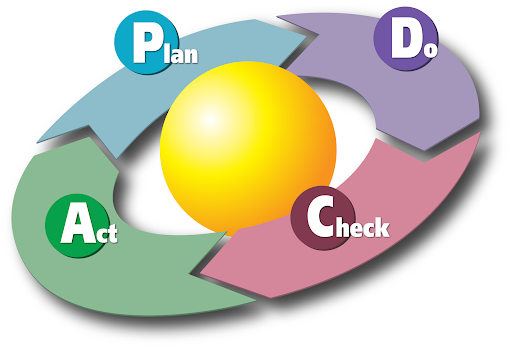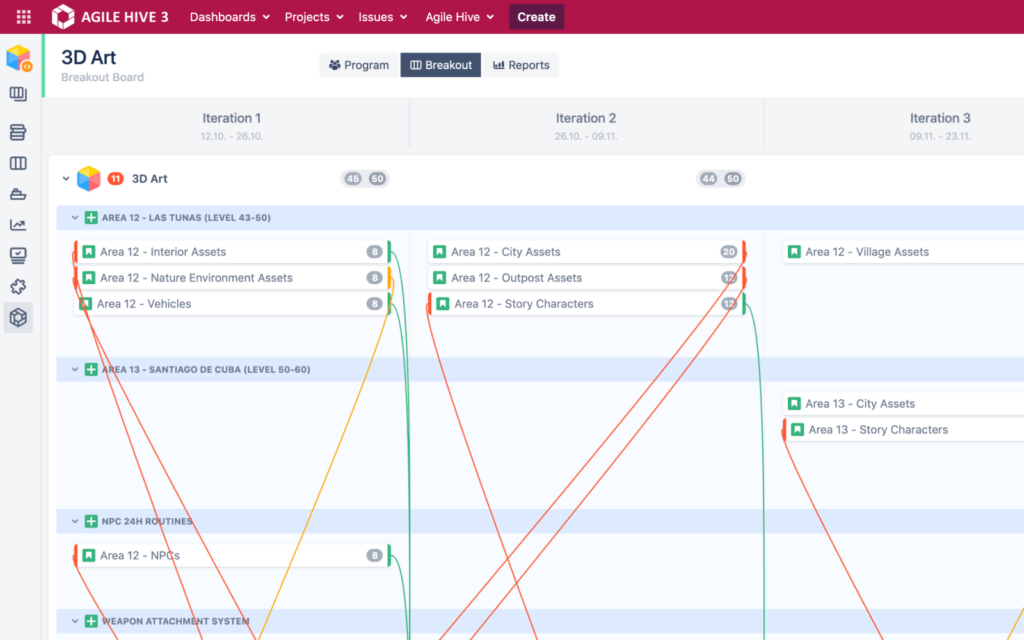SAFe vs. Scrum
At first glance, the two concepts of Agile and Enterprise at scale seem to be at odds with each other. The former gives the impression of skill, speed, and being light-footed, and the latter: plodding, slow to change, and awkward.
Some two decades ago, amid the sprawling, unconfined mountains of Utah, a gathering of software developers took place. The purpose of their meeting was to right a wrong they felt had befallen their industry. They believed that current software development practices (especially at the enterprise level) had devolved into a never-ending cycle.
Development was being hampered by excessive levels of documentation, planning, and analysis. In three days, the group - coined “Snowbird 17” - created what we know today as the Agile Manifesto. Twelve principles, 68 words: short, simple, and to the 1930s essence of software development.
Let’s go back to the 1930s and take a look at Walter Shewhart’s work - an American physicist, engineer, and statistician. Shewhart is known as the “Father of statistical quality control.” He is credited with developing a PDCA (Plan. Do, Check, Act/Adjust)methodology. This is an iterative method used for the control and continuous improvement of processes and products in business.
Original image source: http://www.bulsuk.com/2009/02/taking-first-step-with-pdca.html
Returning to the present day, we’ve come to the concept of “iterative development” embedded within Agile. This is where software solutions and their requirements evolve in a collaborative process among teams created to be cross-functional. A subset or process path based on this Agile methodology is Scrum.
Scrum was developed in the early 1990s and is a “lightweight framework that helps people, teams, and organizations generate value through adaptive solutions for complex problems…
...Scrum employs an iterative, incremental approach to optimize predictability and to control risk. Scrum engages groups of people who collectively have all the skills and expertise to do the work and share or acquire such skills as needed.”
When one considers the large scope of most projects undertaken by organizations at enterprise scale - multiple departments, hundreds or possibly even thousands of employees - even to a casual bystander, it would seem unlikely the tenets of Agile via Scrum would be effective without some modifications. This brings us to the practice of Scaled Agile Framework® or SAFe®.
The first iteration of SAFe was released in 2011. Its creators, Dean Leffingwell and Drew Jemilo worked to develop a methodology that differed from the project management practices of the day. The speed of change in market conditions and competition across many industries had far outpaced the capacity of those existing practices to adapt. The need to become “lean” was critical to an organization’s existence. “Lean” in terms of this context “...refers to a production principle stating that any component of a business enterprise that fails to directly benefit a final product is superfluous. Lean enterprise focuses on value creation while eliminating waste and non-essential processes.”
The present-day version of SAFe, version 5, was released in January 2020 and is built around the Seven Core Competencies;
- Lean-Agile Leadership
- Team and Technical Agility
- Agile Product Delivery
- Enterprise Solution Delivery
- Lean Portfolio Management
- Organizational Agility
- Continuous Learning Culture
Properly planned, SAFe allows each organization its own unique implementation and configuration of the combined benefits of Agile, Lean, and DevOps frameworks. An organization-wide development process known as the Agile Release Train, or ART, closely resembles the PDCA, sets and keeps the wheels in motion throughout the process; define, build, validate, release - repeated as needed.
There are four configurations available depending on the size and scope of your organization.
- Essential
- Basic foundation and starting point for a SAFe implementation
- Large Solution
- Often used in aerospace, government, and automotive applications, it supports more complex solutions requiring multiple ART’s
- Portfolio
- The minimum configuration needed to enable business agility is defined as “the ability to compete and thrive in the digital age by quickly responding to market changes and emerging opportunities with innovative, digitally-enabled business solutions.”
- Full
- The most comprehensive solution, with seven competencies required to achieve business agility. Used by the largest enterprises with the most complex solutions
With such a deep level of sophistication, detail, and simultaneous moving teams and respective activities, one would be reasonable to assume venturing into SAFe to be a substantial endeavor. While the level of complexity is indeed high, there are partners and solutions available to not only make the transition from Scrum to SAFe possible but, rather, wholly successful and profitable.
The folks at Scaled Agile have made taking the first step a bit easier by not only providing extensive SAFe resources and documentation but provided a searchable and filterable list of partner organizations: https://www.scaledagile.com/find-a-partner/. For instance, Seibert’s Agile Hive is a complete solution provided within the Jira platform.
For teams already making extensive use of Jira, and in addition to those also incorporating Confluence, Agile Hive provides the benefit of full integration and optional automated documentation. Built from the ground up to include SAFe-compliant hierarchies, artifacts, processes, and reports into your Jira instance. All SAFe configurations are supported, as well templates are also included. To learn more, simply contact one of Seibert Media’s team.
We hope this historical review and overview has given you the information and tools you need to start your journey towards an effective SAFe implementation at your organization. Certainly, the process is a detailed one, but you needn’t go it alone, and we hope you found the resources included to be most helpful.
Learn more about SAFe and Agile Hive: SAFe in Jira
If you are curious about learning more about SAFe or the software-supported implementation of SAFe, ask us about Agile Hive! We would be happy to discuss your requirements for enterprise-wide agile product development and product management with you. Take a look at our Implementation Project documentation to see an overview of what an implementation would entail.
Get in touch with us today, and let us demonstrate how it works in a personal session.
Further Reading
Agile Hive Implementation Project
Scaled Agile: SAFe 5.0 changes and how Agile Hive maps them
SAFe with Atlassian tools: Agile Hive is a Scaled Agile Platform Partner
Agile Hive: What is SAFe®?
SAFe resources to get you started right
Learn more about Creative Commons licensing and //Seibert/Media





